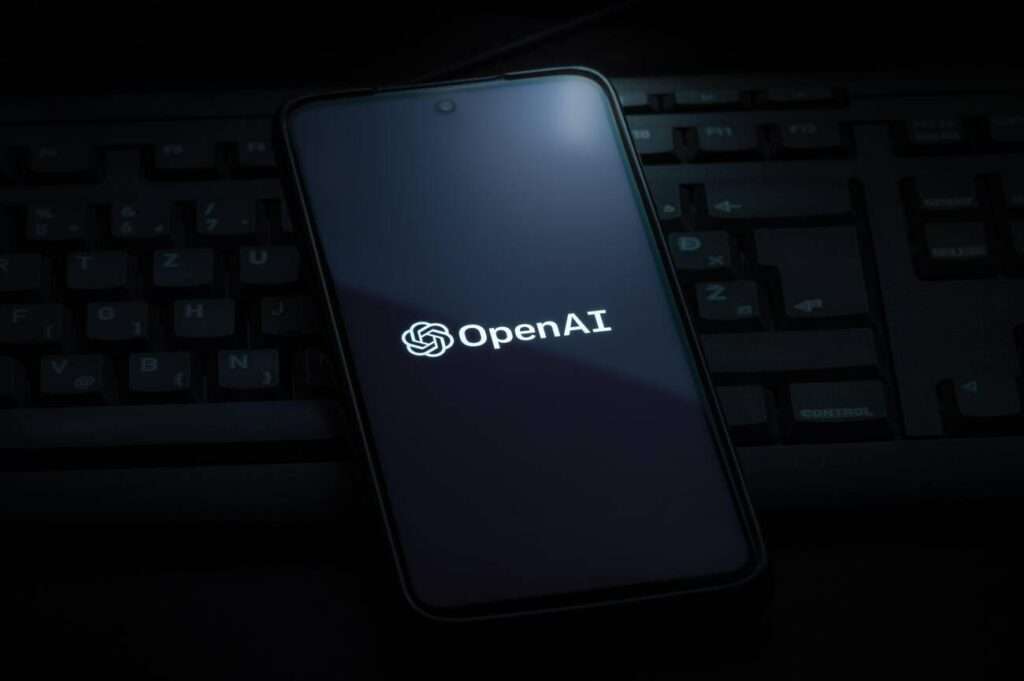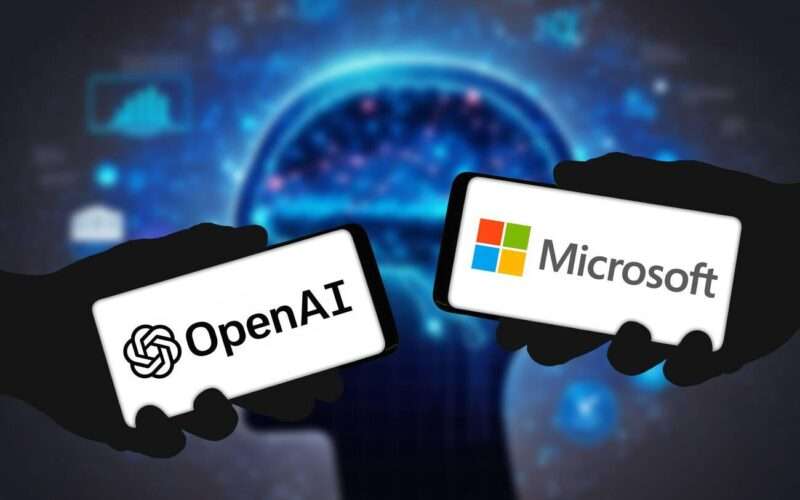Sam Altman has joined OpenAI as CEO few days after he was sacked. Days after his abrupt termination as CEO caused an employee uprising that threatened to topple the company that has been leading the nascent artificial intelligence sector, the company announced in a post on X on Tuesday.
Following the events of the drama, it appeared as though the tech industry’s balance might have been irreversibly upset. With some assistance from Microsoft, Altman has successfully reclaimed his position as the company’s top executive, and developments in Silicon Valley have proceeded rapidly as they often would have.
OpenAI indicated that it will be adding more directors in the future by referring to the current board as “initial.”
In a blog post for the business, Altman expressed gratitude to the former board members who had dismissed him for their support. In addition, he appointed Mira Murati back to her position as chief technology officer. Before the firm announced that Emmett Shear, the former CEO of Twitch, would take over as CEO, Murati served as temporary CEO for just over a day. Shear maintained the position for less than a week.
Reasons for Altman’s return to OpenAI
The great majority of OpenAI’s 800 employees threatened to resign in response to the disarray, demanding that Altman and Brockman be given their jobs back. One prominent signatory was Ilya Sutskever, a former board member who was instrumental in Altman’s termination. Later on, Sustkever expressed regret for his choice and apologised for his conduct.
It seems unclear how Sustkever will lead OpenAI as chief scientist. He was omitted from Altman’s list of leaders.
The greatest appreciation from Altman went to Brockman, who is rejoining the company after quitting. Altman stated that the two will formally be listed as “partners in running this company” on the organisational chart.
In a letter to Brockman, Altman said, “I appreciate everything you have done from the beginning and the way you handled things over the last week.” In addition, Altman gave the company’s staff and clients high marks, pointing out that OpenAI retained all of them during the trial.
Microsoft CEO Satya Nadella stated on X that “we are encouraged by the changes to the OpenAI board.” “We see this as the first crucial step towards more informed, stable, and efficient governance.”
It also seems like Altman’s plan to swiftly release and market AI technologies was successful.
Altman has publicly spoken for a long time about the dangers that artificial intelligence poses, and he has promised politicians and users that he will responsibly advance OpenAI.
At the end of the day, it looks like Altman and Microsoft have come out on top of the controversy. Altman will keep running the company he helped build, but now he has a board that should be more supportive of his vision.
Furthermore, Microsoft has taken greater control over the business it invested billions in to support its goals of creating artificial intelligence (AI), which many in Silicon Valley believe will be the most significant technical development in the ensuing decades.

During OpenAI’s inaugural developer day a few weeks prior, Altman declared that the business will provide the necessary tools for anyone to build their own ChatGPT. Microsoft and OpenAI have collaborated to integrate ChatGPT-like features into a variety of Microsoft products.
Bret Taylor, the new chairman of the board for OpenAI, announced that Microsoft will have a non-voting observer seat, guaranteeing that Satya Nadella will never again be left in the dark about abrupt CEO terminations. In addition, an independent committee will be appointed by the new board to examine “recent events,” which is code for “the company imploding and our board firing the CEO” according to press releases.
Finally, Taylor stated that improving the organization’s governance structure is OpenAI’s main goal. OpenAI’s non-profit division and board are endowed with significant influence due to the company’s distinctive governance structure. Although it might alter, that framework has always seemed to be a crucial component of OpenAI’s goal to develop artificial general intelligence in a safe manner.





